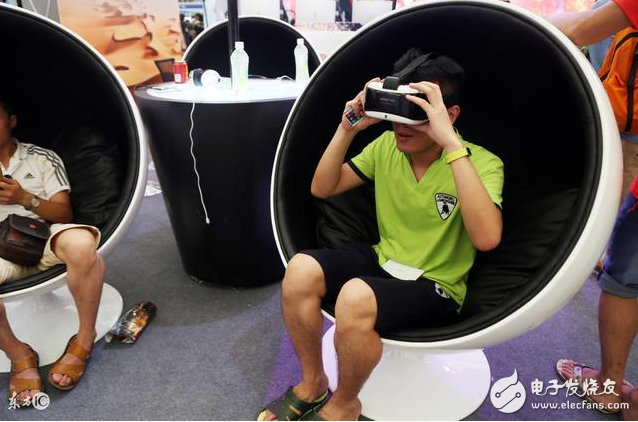Virtual Reality (VR) is a technology that uses computer-generated simulations to create a three-dimensional virtual environment, allowing users to experience a completely artificial world. What you see in VR is not real—it's a digital construct designed to immerse the user in an alternate reality. To fully experience VR, specific hardware is required, such as a data helmet (VR headset), position trackers, data gloves (like 5DT), and motion capture systems. These devices work together to track movement and provide a seamless immersive experience.
One of the most well-known VR platforms is Google Daydream. Launched at the Google I/O conference, this platform consists of three main components: a VR mode that enhances mobile phone performance, a headset and remote control for mobile devices, and a content platform offering a wide range of VR experiences. The Daydream platform is designed to bring high-quality VR to smartphones, making it more accessible to a broader audience.
While gaming is the first thing that comes to mind when people think of VR, its applications extend far beyond entertainment. VR has significant uses in medicine, where it’s used for surgical training and medical modeling. It also plays a crucial role in military training, interior design, and industrial design, helping professionals visualize and interact with complex environments in a more realistic way.
Augmented Reality (AR), on the other hand, enhances the real world by overlaying digital information—such as images, videos, sounds, and objects—onto the physical environment. Unlike VR, which creates a completely fake world, AR blends virtual elements with the real one, enriching the user's perception of their surroundings. This makes AR ideal for situations where users need to stay connected to the real world while receiving additional digital input.
The development of AR is supported by platforms like Google’s ARCore, which is built for Android devices, and Apple’s ARKit, designed for iOS. These SDKs allow developers to create interactive AR experiences that run smoothly on compatible devices. To use AR, a camera is typically required, as it enables the device to recognize and interact with the real-world environment.
ARCore supports a wide range of Android devices, but it requires a minimum system version of Android 7.0 Nougat (API 24). Compatible devices include the Google Pixel and Pixel XL, as well as various models of the Samsung Galaxy S8. These devices are equipped with the necessary sensors and processing power to deliver a smooth AR experience.
In terms of applications, AR is widely used in entertainment and gaming. For example, augmented reality games let players from around the world enter real-world locations and play online using virtual avatars. Virtual dating apps can also use AR to simulate realistic interactions without leaving home. Additionally, social media and live streaming platforms have adopted AR features, such as adding filters or effects during video calls.
Beyond entertainment, AR has practical applications in fields like medicine, military operations, and infrastructure planning. It helps professionals visualize data, improve decision-making, and enhance training scenarios.
Now, here’s a question for you: Is the image below an example of AR or VR? Take a look and try to figure it out.

This comparison highlights the key differences between VR and AR, showing how each technology interacts with the real world in unique ways. Understanding these distinctions can help you choose the right tool for your needs, whether you're looking for total immersion or enhanced interaction with your surroundings.
Solar Energy Storage,Battery System,Battery Structure,Lifepo4 Battery Cells
Guangdong Yuqiu Intelligent Technology Co.,Ltd , https://www.cntcetltd.com